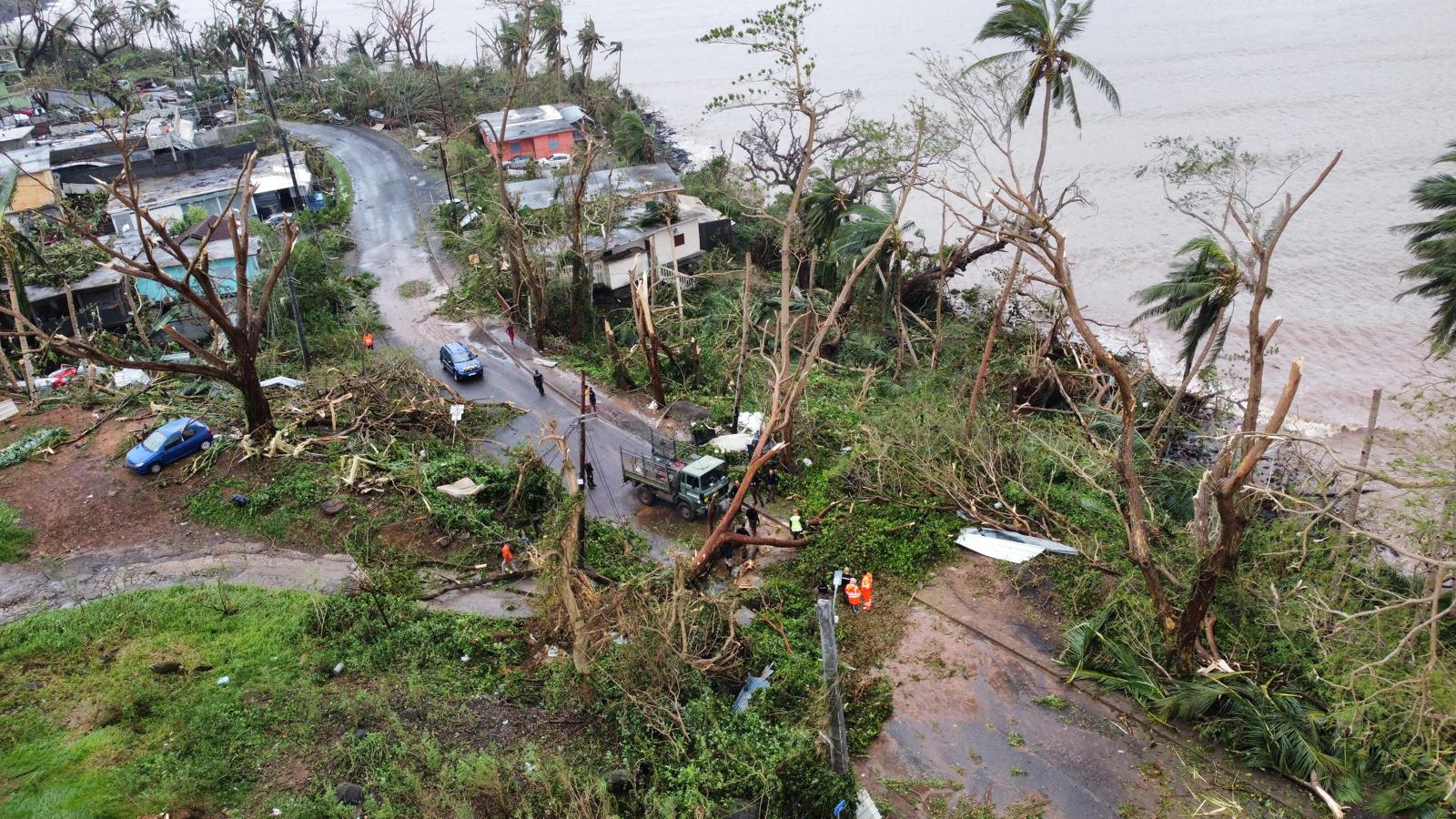

Several cyclones hit southeast Africa during the 2024-2025 Southwest Indian Ocean cyclone season. One of the most significant was Cyclone Chido. This Category 4 storm devastated the island of Mayotte and severely damaged parts of the islands of Comoros, northern Mozambique and southern Malawi in late December 2024.
Chido was followed shortly after by Cyclone Dikeledi, which hit Madagascar, Mayotte and Mozambique in mid-January 2025, and Cyclone Jude in mid-March 2025, which affected Madagascar, Mozambique and Malawi. Large numbers of people have been displaced after the storms demolished entire neighborhoods. Many living in the storms’ paths had already been dealing with various challenges, including armed conflict, disease outbreaks, drought and poverty.
Key facts:
- The Southwest Indian Ocean cyclone season runs from November 15 to April 30, with “80% of storms and cyclones exist[ing] between December and March.”
- Mozambique is one of the countries most affected by climate change.
- Malawi is one of the poorest countries in the world, with 71% living in poverty.
(Photo: Damage in Mayotte after Cyclone Chido. Credit: French National Gendarmerie via X.)
Latest Updates
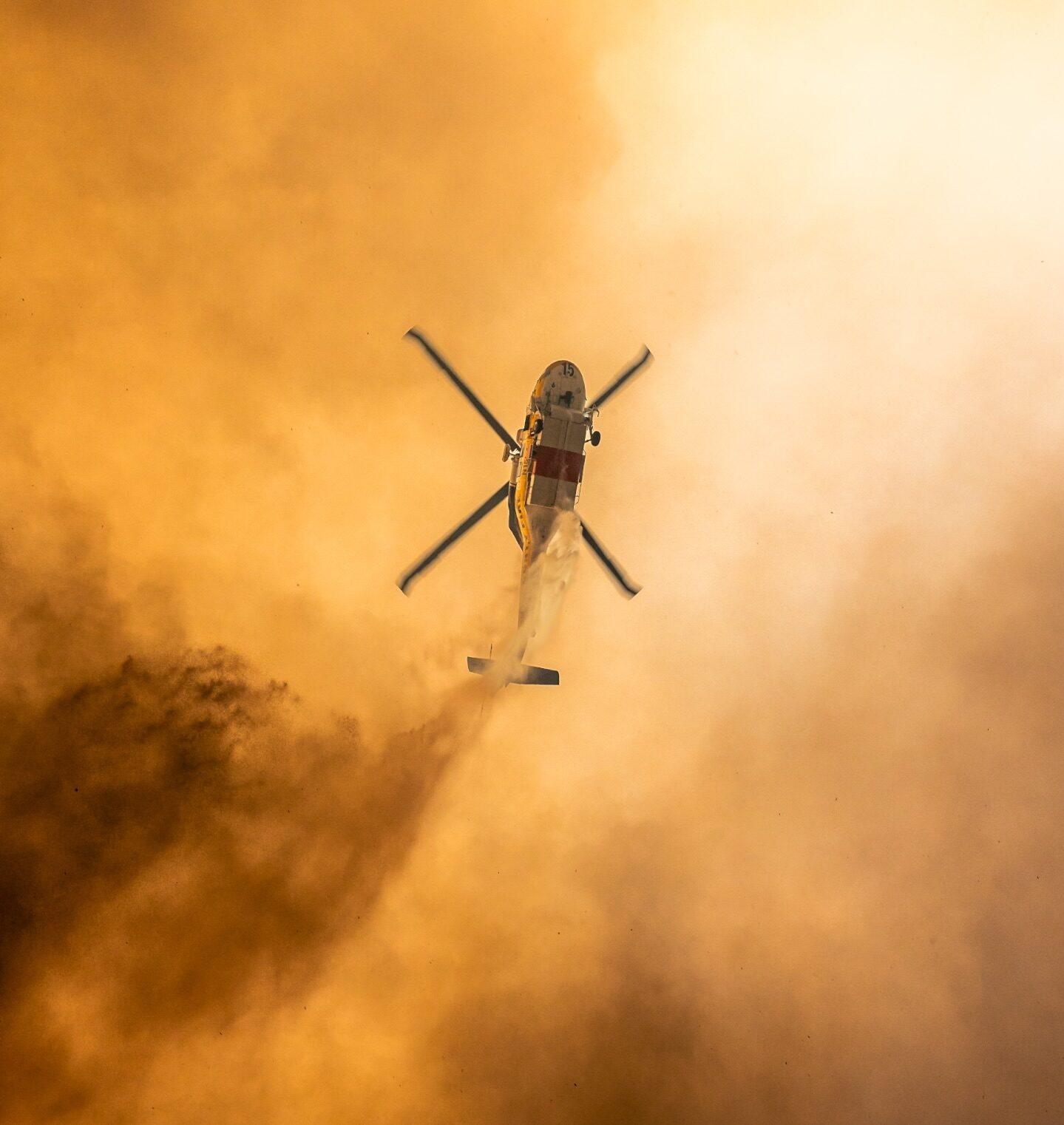
What we’re watching: Weekly disaster update, January 13
Mayotte
Cyclone Chido was the worst storm to hit the archipelago in nearly a century. As of Dec. 24, 2024, the death toll stood at 35 people. Initially, officials predicted deaths in the thousands, but this did not bear out.
Many people in Mayotte faced poverty and insecurity before the storm hit. The number of injured people overwhelmed hospital services.
At least half of Mayotte’s official population of 321,000 is from overseas. Comorans, residents of the three islands of Comoros, which declared independence from France in the mid-70s, while Mayotte voted to stay French, makeup 95% of that population. Additionally, there are a large number of undocumented migrants from Comoros and Madagascar, many of whom did not go to official shelters to wait out the storm out of fear of being arrested.
While Mayotte is considered the poorest territory in the European Union, people from nearby countries such as Somalia and Comoros migrate there because of a higher standard of living, partly due to the French welfare system.
Mozambique
Mozambique faces a triple crisis: climate change and shocks, political unrest and conflict. All of these factors have combined to create a massive displacement crisis. An election in October 2024 added to the political unrest and fighting by non-state groups, which started in 2017 and has displaced one million people. Many internally displaced people moved to the areas affected by Cyclone Chido.
At least 100,000 homes were damaged or destroyed in Mozambique.
There were 120 fatalities and nearly 900 injuries recorded after Cyclone Chido. At least 454,000 people were affected by Chido, 186,000 classrooms and many health care facilities and fishing boats were destroyed.
Humanitarian aid groups and supplies had some difficulty reaching those in need due to the presence of non-state armed groups blocking roads. The rainy and cyclone seasons made many roads muddy and impassable, further slowing rescue efforts.
After the storms, Mozambique received little support or humanitarian aid. UN targets in nutrition, protection, WASH and gender-based violence have not been met.
Malawi
At least 13 people died in Malawi from Cyclone Chido, and another 45,000 were affected. The storm had weakened before making landfall but brought considerable damage to homes and infrastructure, nonetheless. About 253 homes were damaged.
Schools, health facilities and maternity and early childhood centers were also damaged.
Recovery will be different for each of the affected areas and countries. As a department of France, Mayotte will receive some French and broader European support.
Comoros and Mayotte are both islands and can only be accessed by air or water. Extraneous and unneeded goods brought onto the islands will add to the debris and waste management problem created by the storm. It is important that philanthropy works with local organizations to only send needed goods or cash.
Cash assistance
As with most disasters, experts recommend cash donations, which allow on-the-ground agencies to direct funds to the greatest area of need, support economic recovery and ensure in-kind donation management does not detract from disaster recovery needs.
Many people lost everything in the cyclone. Direct cash assistance allows families to purchase items and services locally that address their multiple needs. It gives each family flexibility and choice, ensuring that support is relevant and timely. Cash assistance can also help move families faster toward rebuilding their lives.
Vulnerable populations
After a disaster, gender-based violence against women and girls, including sexual assault and trafficking, is common.
According to Prevention Web, “Many studies have shown that disasters, including tsunamis, hurricanes, earthquakes, and floods, disproportionately affect women and girls, who are at greater risk of violence and exploitation than men and boys in the face of uprooted housing and traditional support structures, disrupted access to services, and both structural and social obstacles to accessing food, relief, supplies, and latrines.”
The protection and security of children is also a major concern.
Additionally, other marginalized groups, including refugees, people with disabilities, older people and transgender people, experience greater difficulties in accessing essential aid and services and are vulnerable to abuse, violence and exploitation.
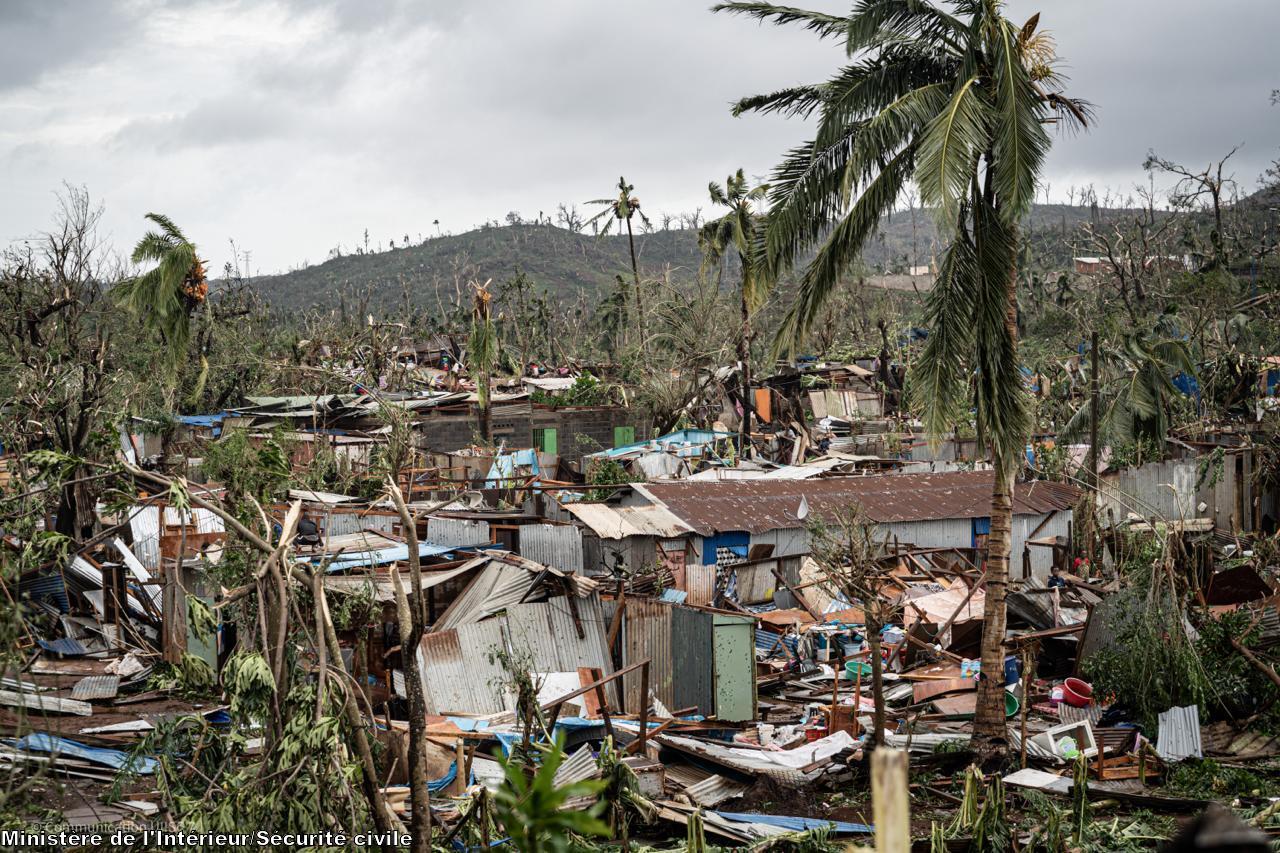
CDP has a Global Recovery Fund that allows donors to meet the ongoing and ever-expanding challenges presented by global crises.
Contact CDP
Philanthropic contributions
If you have questions about donating to the CDP Global Recovery Fund, need help with your disaster-giving strategy or want to share how you’re responding to this disaster, please contact development.
(Photo: Damage in Mayotte after Cyclone Chido. Credit: French Ministry of the Interior via X.)
Recovery updates
If you are a responding NGO, please send updates on how you are working in this disaster to tanya.gulliver-garcia@disasterphilanthropy.org.
We welcome the republication of our content. Please credit the Center for Disaster Philanthropy.
Resources
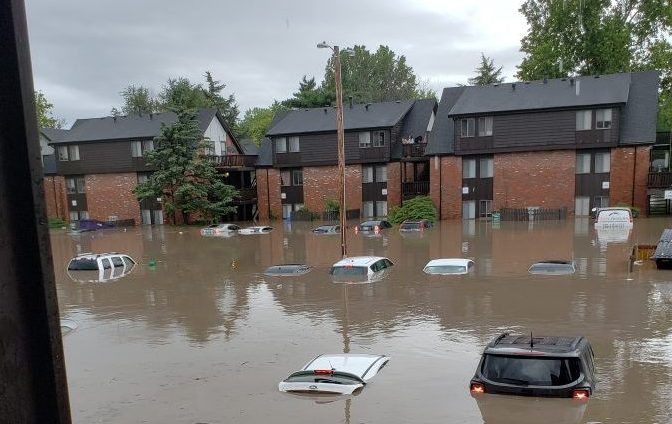
Floods
Flooding is our nation’s most common natural disaster. Regardless of whether a lake, river or ocean is actually in view, everyone is at some risk of flooding. Flash floods, tropical storms, increased urbanization and the failing of infrastructure such as dams and levees all play a part — and cause millions (sometimes billions) of dollars in damage across the U.S. each year.
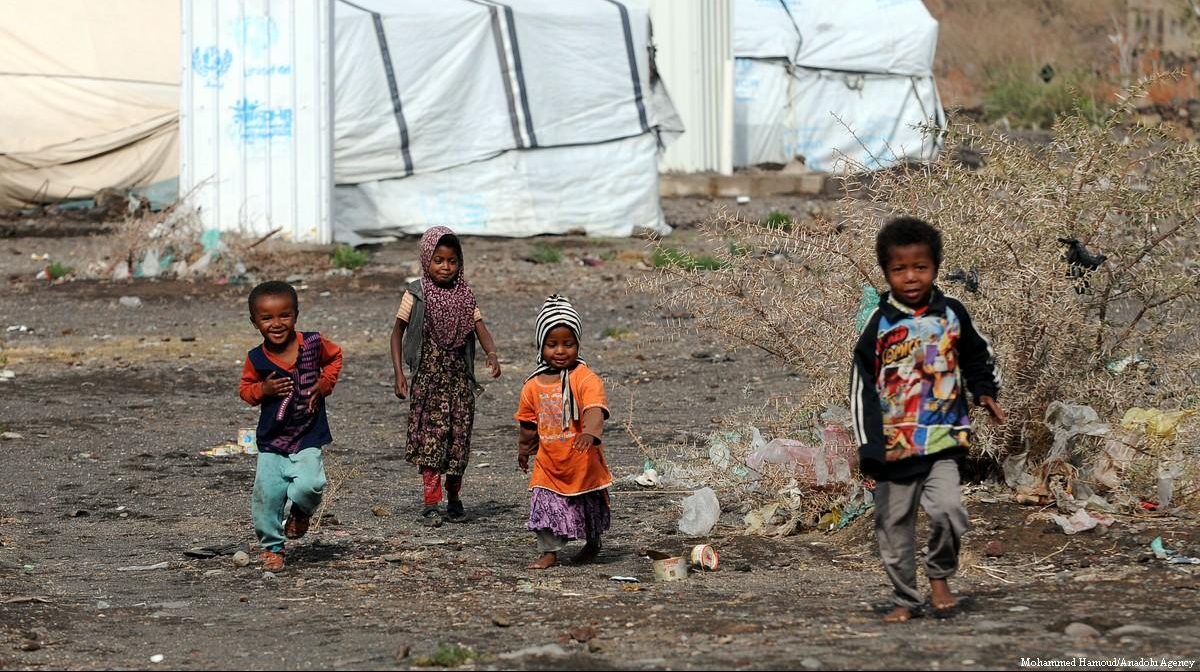
Refugees
Refugees are people who have been forced to flee their home countries because of persecution, war or violence. A refugee has a well-founded fear of persecution for reasons of race, religion, nationality, political opinion or membership in a particular social group. Many refugees are in exile to escape the effects of natural or human-made disasters.
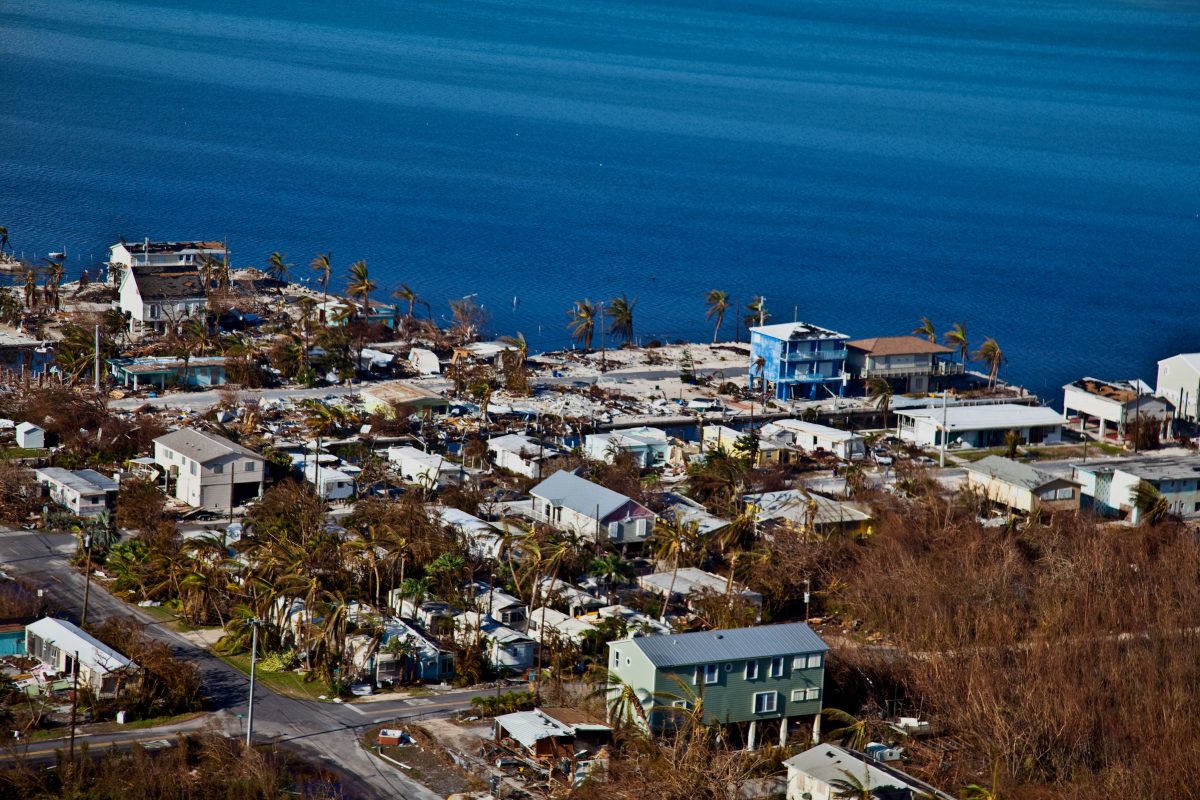
Hurricanes, Typhoons and Cyclones
Tropical cyclones (also known as hurricanes and typhoons) pose significant global threats to life and property, bringing a variety of hazards, including storm surges, flooding, extreme winds and tornadoes. Funders can intervene to reduce harm to people and property, before, during and after storms.